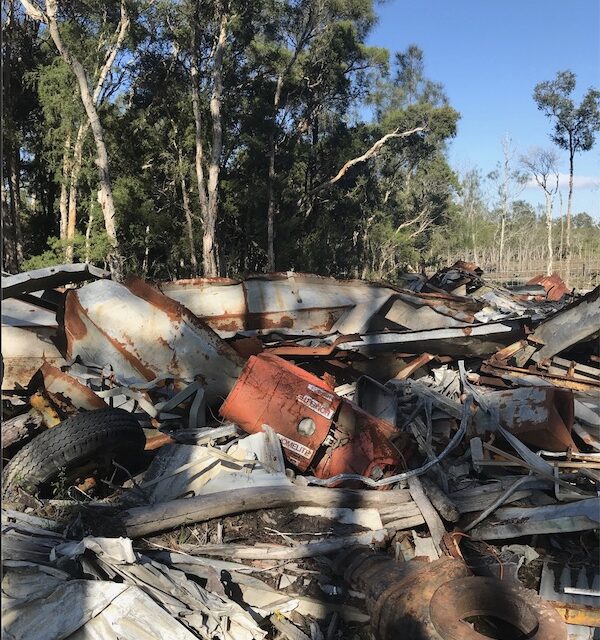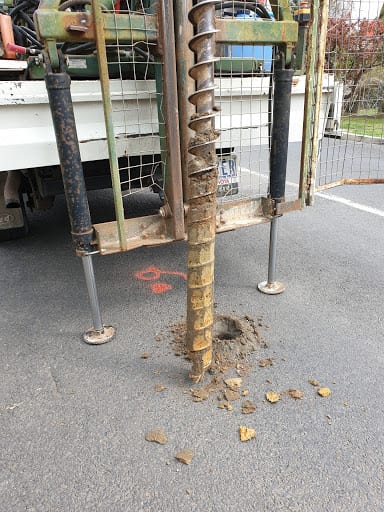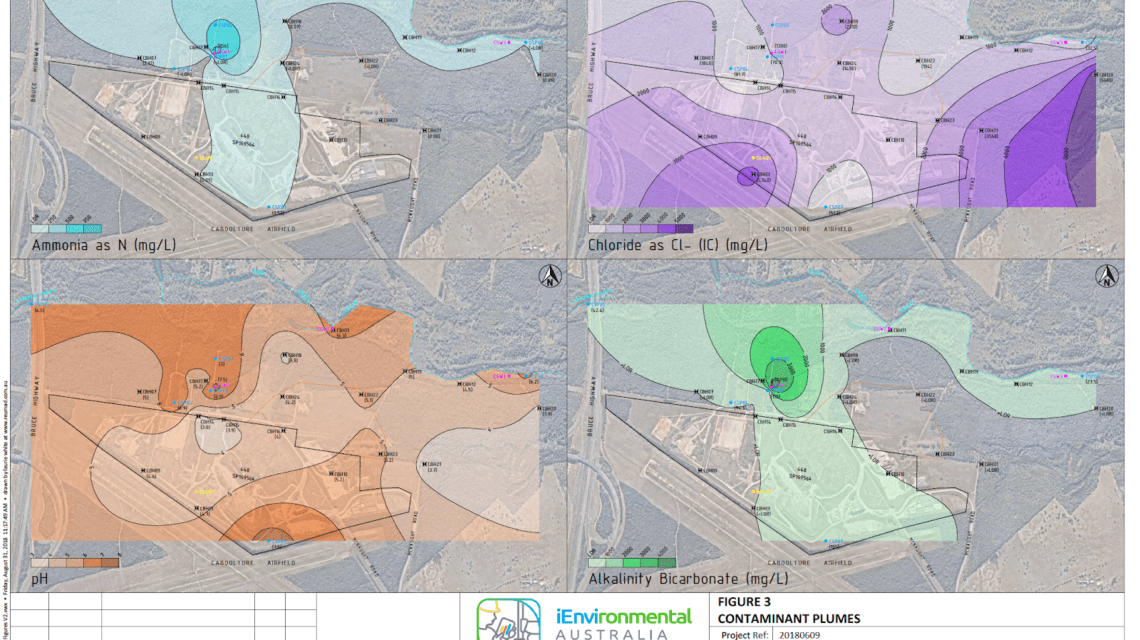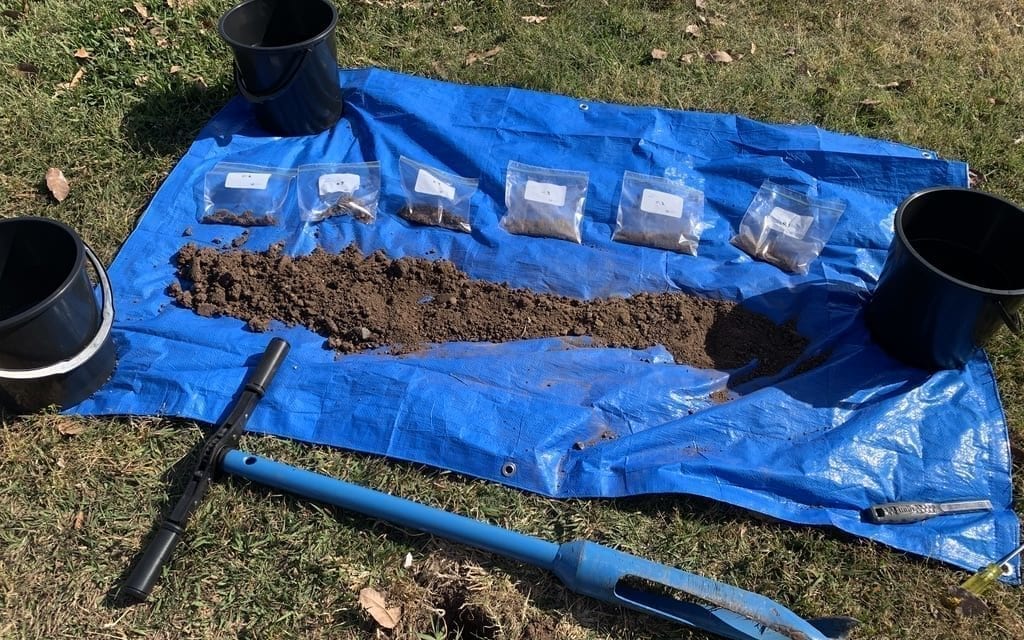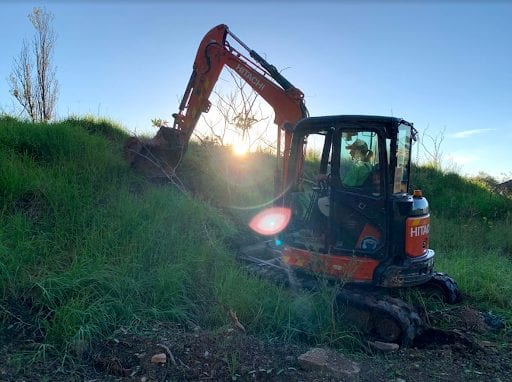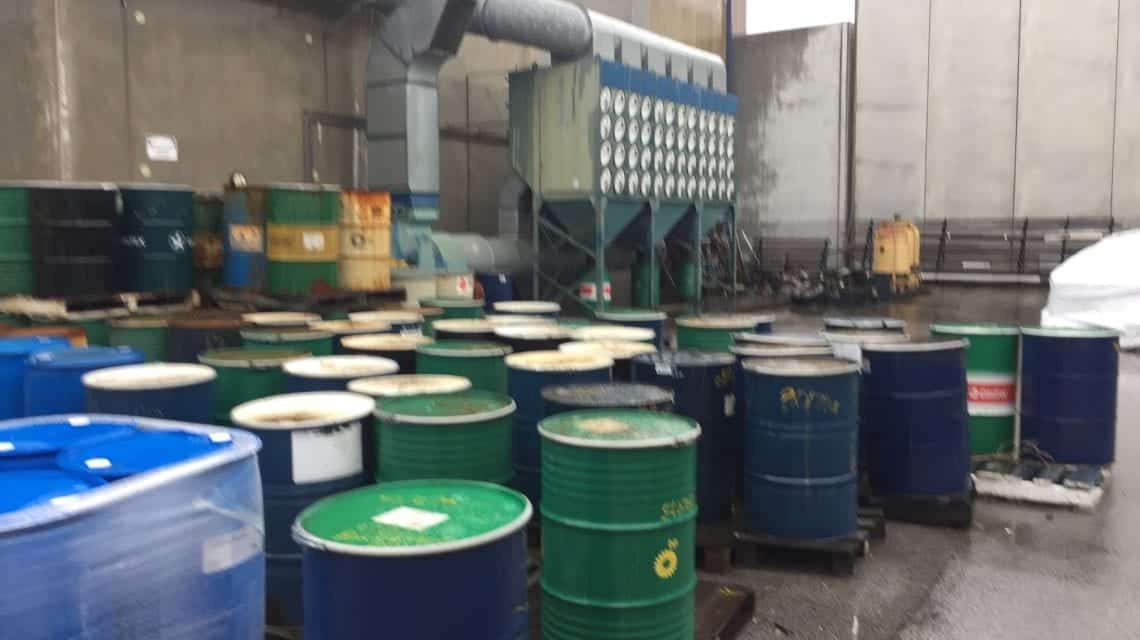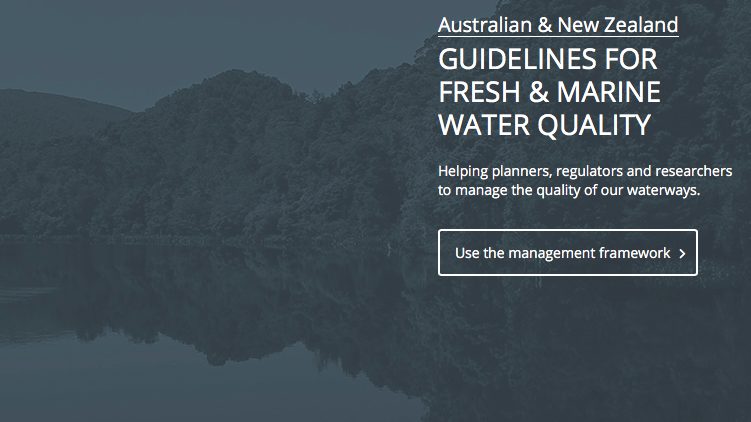
The Victorian EPA requested an investigation at an industrial site in Coolaroo to meet General Environmental Duty requirements. iEnvironmental Australia (iEnvi) conducted the investigation, identifying low risk overall but finding bonded asbestos in recently excavated soil stockpiles and elevated levels of dissolved metals in groundwater. Investigation and Findings: iEnvi installed three groundwater monitoring wells and
read more


